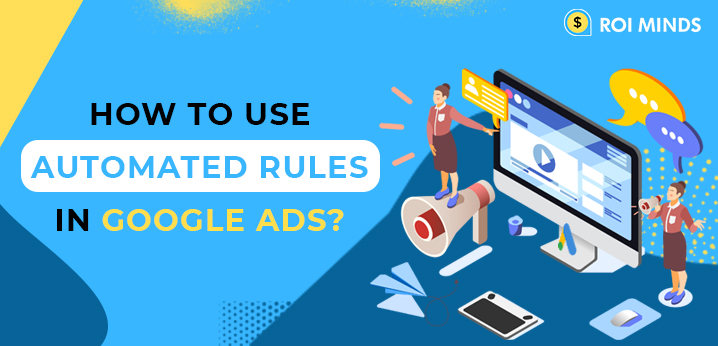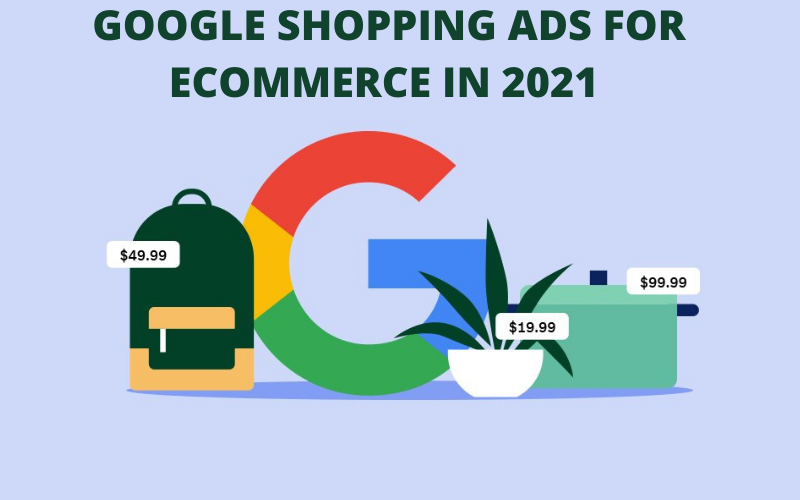Handling a Google Ads account can be a massive task on its own, and if by any chance you are not backed by a dedicated team or lack the time for it, it can be exceedingly intimidating even for the best of us.
Google Ads Provides Automated Rules to Optimize the Campaigns themselves. These give you the liberty to schedule changes at your discretion for most aspects of your account and are thus a largely flexible tool for personalisation.
Moreover, it lets you decide whether you need to be notified via email when the rule you created runs, or get notification only when it is experiencing errors or alterations, or if you want to stay on top of it 24X7, you can be notified every time a rule runs.
These can be pretty simple once you get a hang of them, but even if you are being met with certain difficulties, you always have the option of hiring a white label PPC agency to lessen your burden for you. But first, Let’s dig a bit deeper into Automated Rules.
All of these below can be enhanced by using Automated Rules. Some of these are too common and prevalent so we won’t waste your time by explaining every single one of these and delving into the lesser-known ways to use Automated Rules to optimize your workflow.
- Campaign Rules
- Adgroup Rules
- Keyword Rules
- Ad Rules
- Display Keyword Rules
- Topic Rules
- Placements Rules
- Audience Rules
- Age Range Rules
- Gender Rules
- Parental Rules
- Income Range Rules
Changing bids based on conversion data:
When you enable this rule that reviews all your enabled keywords and increases bids whenever certain requirements are met. In this process, Automated rules can be utilized to halt the non-performing bids that don’t meet your expectations during regular examinations.
Control Budgets and Cost:
You can optimize and regulate your campaign budget with added flexibility and free reign that lets you make these changes depending on what day of the week it is.
Schedule Ads:
For promotional events, you can make use of Automated Rules to easily turn on or off several special ads.
General Guidelines:
In the circumstances when you wish to refrain from applying the rules on certain keywords and apply them on all the remaining ones, you can use Automated Rules and manage the selected few manually.
Categories Included in a Google Ads:
These categories include:
Owner – The Accountholder’s name of your Google Ads account is called the owner.
Action – The Action as suggested by the name decides the operations that take place, for instance Enabling or pausing campaigns, or making changes to the budget etc.
Apply to – Following the trend of accurate descriptions, the Apply to category determines to which elements the set rules will be applied or administered.
Conditions – This feature dictates the requisites for the rule to run & describes the necessary steps that need to be taken to meet the criterias.
Frequency – A section called “the using data ” settles upon a time frame that needs evaluation and the frequency feature determines how often will the defined alterations be placed by the proposed rule that will scrutinize the aforementioned conditions.
Email results – And at last, Email results serve as an efficient way of staying in the loop by alerting Google about the desired recurrence rate of the emails on the rule as preferred by the advertisers.
In a Nutshell, Automated Rules can be an exceedingly helpful tool when managing a Google Ads account provided they are used wisely with a good understanding of their functions and limitations alike. So Grow your brand today with ROI Minds’ impeccable PPC management services that implement Automated Rules to your Campaigns and make scaling easy as a dream for you!





